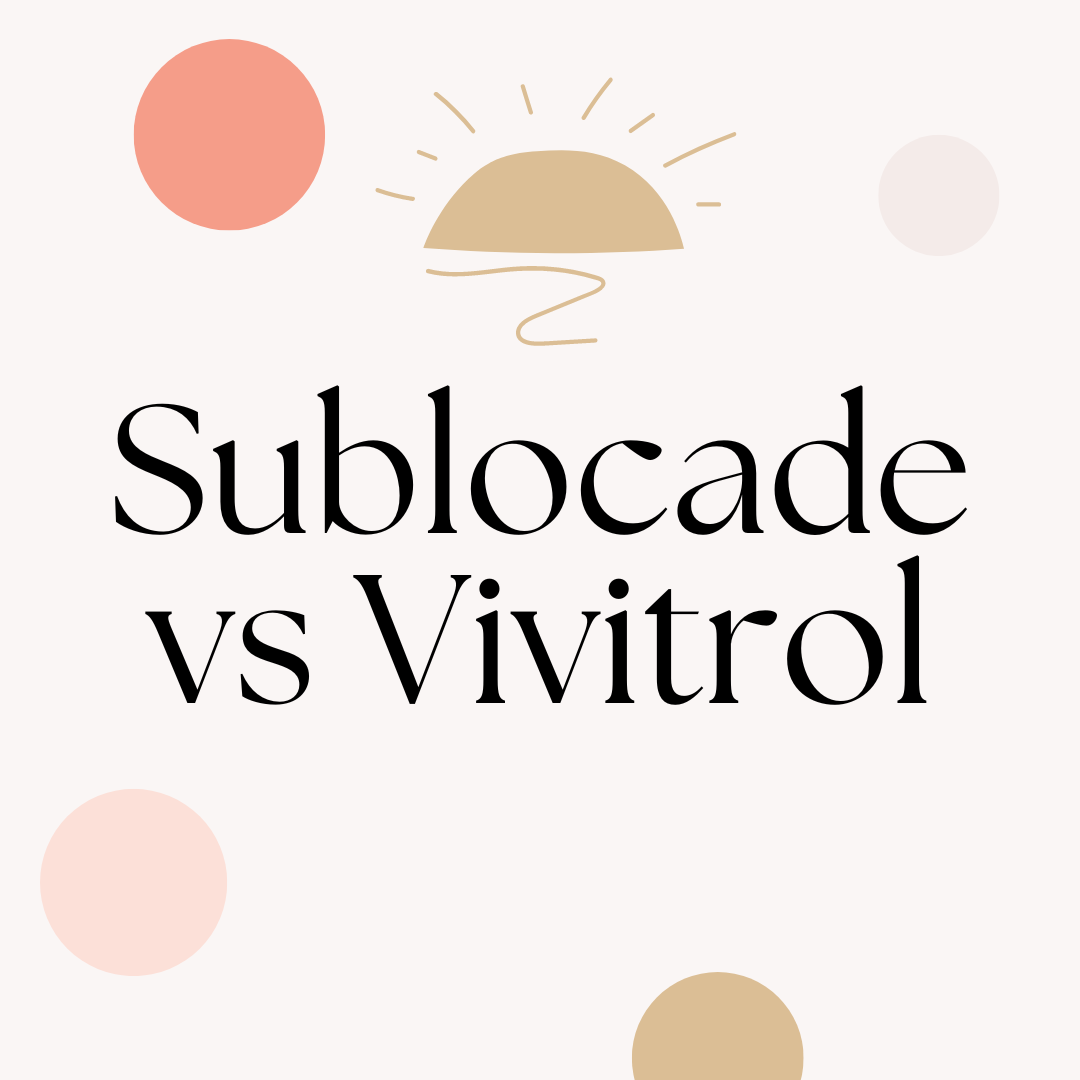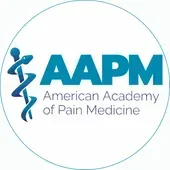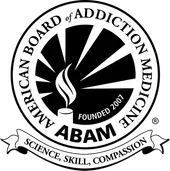Sublocade vs Vivitrol
Wave Treatment Centers
Sublocade vs Vivitrol
Opioids such as heroin, fentanyl, and oxycodone, are some of the most widely abused substances in the United States. The Department of Health and Human Services (HHS) reports that a whopping 10.1 million people ages 12 and older misused opioids in 2019. Take into consideration that drug overdose rates increased by 30% in 2020 alone and it is safe to presume that even more people have been and are currently abusing opioids.
There is no doubt that opioids are highly addictive substances. In some cases, it only takes a mere few days to start developing a dependency to opioids. So when individuals who are addicted to opioids want to get sober once and for all, the process can be extremely difficult. Thankfully, medication-assisted treatment (MAT) is a type of care designed specifically to help those ending their active opioid addiction.
What is Medication-Assisted Treatment?
Medication-assisted treatment simultaneously utilizes medications and evidence-based therapies to help treat those diagnosed with opioid use disorder. If it is determined that a medication-assisted treatment plan is the best course of care for an individual, then they will begin this program immediately, usually in a detox setting.
Opioids are so potent that they create a strong dependency in users. Therefore, suddenly stopping the use of opioids in order to get sober creates a chain reaction of distressing (and sometimes unbearable) withdrawal symptoms. The severity of one’s withdrawal symptoms is typically related to the severity of their opioid use disorder, but common symptoms can include:
- Watery eyes
- Runny nose
- Headache
- Muscle pains and spasms
- nausea/vomiting
- Stomach cramps/diarrhea
- Sweats and chills
- Tremors
With medication-assisted treatment, however, these symptoms do not need to be as all-encompassing as they would otherwise be. That is because specific medications can be provided during the detox process to help reduce the intensity of them. Sublocade is an example of a medication used during and/or directly after detox. While an individual is receiving medication for their opioid withdrawal symptoms, they will also participate in a number of therapies that can include, but are not limited to, the following:
- Group counseling
- Individual therapy
- Behavioral therapy
- Family therapy
- Trauma therapy
Some medication-assisted treatment plans begin their pacients with a medication approved for use in the early stages of detox (such as methadone) and then switch them to other medications used to treat opioid dependence like Vivitrol when they have fully detoxed. Regardless of the timing, medication and therapy are always being included into one’s treatment for the entirety of their program.
Sublocade vs Vivitrol
Both Sublocade and Vivitrol are frequently used in medication-assisted treatment programs, as both medications can help manage cravings and/or withdrawal symptoms. For some, Sublocade may be a better fit for their needs, while others may benefit more from Vivitrol. These decisions should be made with a medical professional who is working with the team of professionals who is also providing the individual’s care. It can be helpful to understand sublocade vs vivitrol when making this decision.
What is Sublocade?
Sublocade is an injectable form of buprenorphine, the active ingredient found in suboxone and Subutex. Unlike suboxone and Subutex, however, Sublocade is not administered during the actual detox process. Instead, it is provided after detox has been completed. It also cannot be used in an individual until they take a 7-day course of oral sublingual (under the tongue) buprenorphine. The week-long use of sublingual buprenorphine helps the medicine build up in the individual’s system prior to the administration of Sublocade.
As mentioned before, Sublocade is directly injected into patients. It is an extended release version of buprenorphine that provides relief from withdrawal symptoms and cravings for approximately 26 days at a time. Sublocade can only be obtained in a medical professional’s office and it cannot be self-administered. One of the greatest benefits of Sublocade is that it provides support for recovering opioid users for nearly one month at a time, preventing them from having to go to a facility for medication every day as they would with methadone or other pill-form medications.
As with many medications, Sublocade can produce a number of side effects. Typically, the benefits of the medication itself outweigh the potential side effects. The most common side effects that occur with Sublocade include:
- Constipation
- Dizziness
- Drowsiness
- Nausea
- Headache
- Vomiting
When buprenorphine is involved, there is always potential that someone will become addicted to it. However, when taken as prescribed, buprenorphine has proven to be a highly safe and beneficial medication. The risk for developing an addiction to buprenorphine through Sublocade injections is non-existent, as these shots are provided in appropriate, non habit-forming doses by a medical professional.
What is Vivitrol?
Vivitrol has several slight differences to Sublocade, which is why it is easy to compare sublocade vs Vivitrol. However the goal of the medications are just about the same. Vivitrol is a once-monthly injectable medication that contains an extended version of naltrexone as the active ingredient. Those who have Vivitrol included into their medication-assisted treatment plan will receive an injection every 30 days to help curb cravings for continued opioid or alcohol use. Vivitrol does not work to reduce withdrawal symptoms like Sublocade does and is only recommended for use once a person has fully and completely detoxed. Beginning Vivitrol injections before the withdrawal process has completed can trigger the onset of withdrawal symptoms again.
Like Sublocade, one of Vivitrol’s biggest benefits is that patients do not need to go to a facility each day to obtain their medication. Once injected, they are set for about one month’s time. That is because Vivitrol slowly releases throughout the body over that time, helping to reduce cravings and the urge to continue drinking or abusing opioids.
Vivitrol can produce withdrawal symptoms that are similar to Sublocade, but can also include anxiety, restlessness, irritability, and insomnia. It is recommended that a person take Vivitrol for at least one year as a part of a complete medication-assisted treatment program.
Medication-Assisted Treatment in Philadelphia Area
If you are ready to stop your active addiction to opioids or alcohol, call Wave Treatment Centers right now. We can help you gain a better understanding of sublocade vs Vivitrol and develop a plan for you that meets your needs. Contact us today to get started on your new tomorrow.
The post Sublocade vs Vivitrol appeared first on WAVE Mental Health Treatment Centers.
Schedule Your Consultation
Chestnut BLOG Form Submission

















